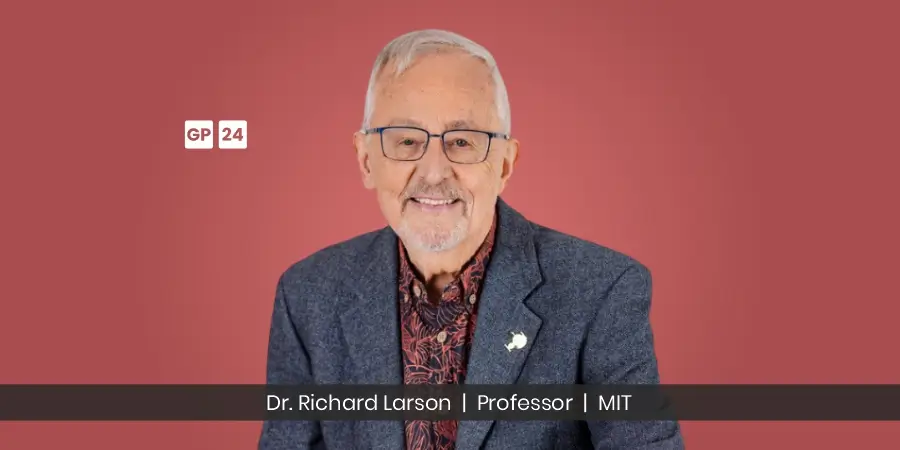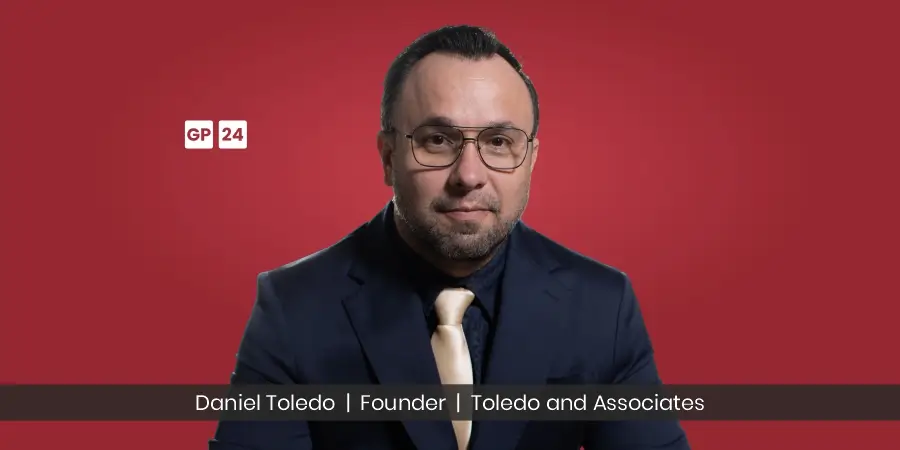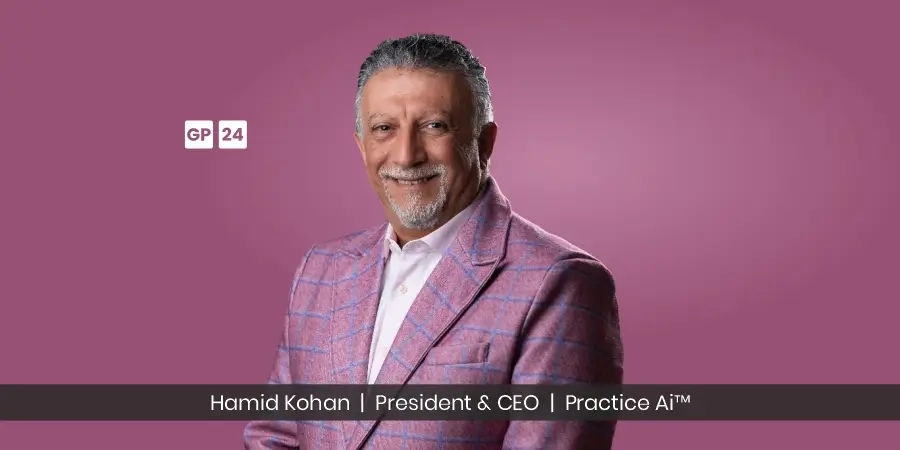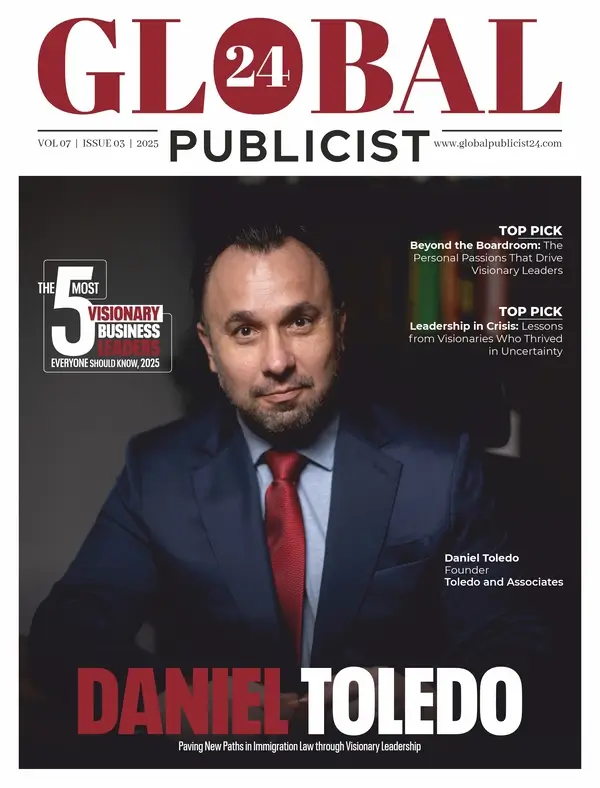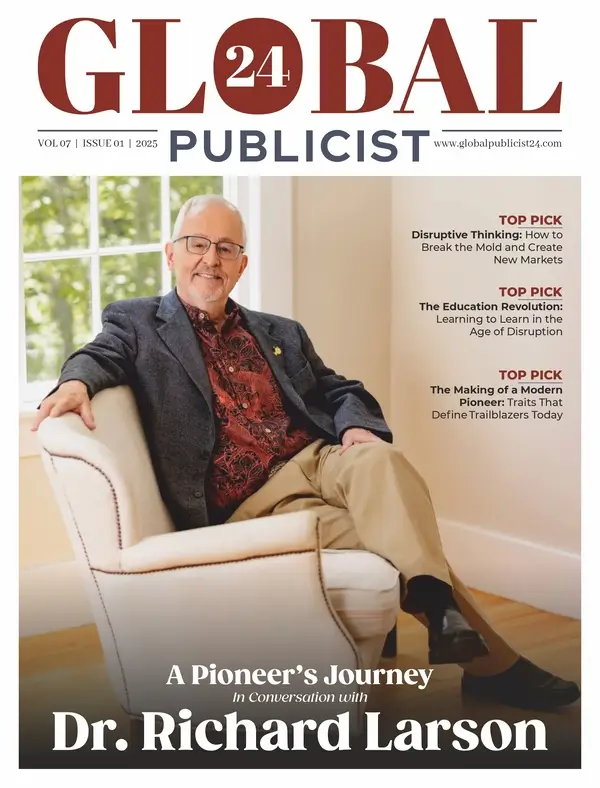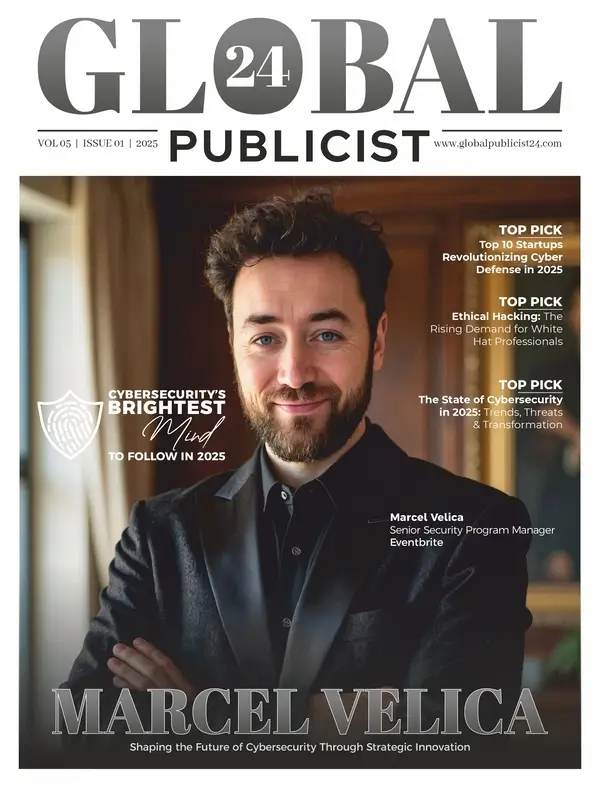Picture a crowded intersection buzzing with impatient vehicles, each driver anxious to move ahead, yet held hostage by a stubbornly unchanging traffic light. Now, imagine someone stepping forward, calmly reprogramming that stubborn signal to become intuitive, responsive—smart. That’s precisely the role visionary leaders play in education: transforming the outdated, rigid structures into dynamic pathways of opportunity.
Dr. Richard Larson is one such transformational architect. His expertise began with the mathematics of waiting lines but swiftly evolved into groundbreaking innovations in global learning. With a career bridging urban systems and educational equity, he’s consistently dismantled barriers that once confined world-class education to privileged corridors.
Whether pioneering digital classrooms in the 1990s or advocating passionately for human-centered technology today, Dr. Larson isn’t just rethinking education, he’s rewiring it entirely, ensuring access isn’t dictated by geography, but by curiosity and ambition.
Let’s dive into the interview and learn more about Dr. Larson and the insights he shares.
- Your career bridges urban systems and global education. How has your work in emergency response modeling influenced your thinking about educational equity and access?
Interesting question. Over my career, each and every new modelling area makes me a better modeler in ALL areas. Emergency response modelling was my first major interest, all the way back to graduate school. The wide interest in this area was facilitated by the emergence of the Internet, allowing instant communication worldwide.
This technology provided a means to make accessible to students everywhere world-class educational materials. So, when I was able to distribute my work on Emergency Response Modelling via this technology, that opened my eyes wide to the wonderful ways in which the internet provides equity of access to all, rich and poor, urban, suburban and rural.
- What have been the most unexpected challenges or learnings from implementing MIT BLOSSOMS in diverse classrooms worldwide?
The biggest challenge has always been to find motivated and qualified in-class teachers at the delivery end. BLOSSOMS is Blended Learning Open Source Science or Math Studies. The lessons are delivered to a classroom with its usual students and the regular in-class teacher. This teacher facilitates the class interaction as they respond to and discuss what they have just seen on a BLOSSOMS video.
- You’ve spent decades championing data-driven decision-making. What’s one example where intuition proved just as important as data?
I’m a Bayesian in thought and behavior, not a statistician who listens only to numbers. I map intuition into Bayesian thinking. So, to me, intuition is just as important (perhaps more so) than pure statistics. Oftentimes those statistical numbers were generated by a flawed process, giving very incorrect interpretative results. Good intuition can pick this up right away.
- The Singapore MIT Alliance was a groundbreaking digital program in the 1990s. How did this experience shape your vision for the future of distance learning?
The Singapore MIT Alliance opened my eyes widely to the possibility of teaching remotely anywhere on Planet Earth, 24/7. That was ground-breaking.
- You’ve advised both private corporations and public institutions. What lessons can businesses learn from city governments when it comes to systems resilience?
A popular definition of Resilience: “the capacity to withstand or to recover quickly from difficulties; toughness.” I would suggest that the subjects of the question be inverted: What lessons can city governments learn from businesses? Businesses that are not resilient, that do not operate well, go bankrupt. The same is not true for government agencies. Perhaps it should be!
- As a former director of MIT’s CAES, how do you see universities balancing campus-based experiences with the growing demand for global digital learning?
In my view, the two options are now merged. Many in-class lectures and problem sessions are now routinely broadcast via the Internet or television to students at great distances from the classroom. I do not see any conflict here.
- Your work often starts with observing real-world problems, what’s a recent example of a challenge that caught your attention and inspired new thinking?
Excellent question. My nickname is “Dr. Queue,” namely someone who specializes in waiting lines or queues. The latest focus of my thinking: Traffic Lights at intersections. I know this sounds pedestrian (no pun intended), but it’s important – since so many of us spend so much time at intersections waiting for the light to turn green.
My new thinking: There is no excuse for Dumb Traffic Lights. Dumb ones are on a fixed cycle of red-yellow-green in each direction, regardless of the current state of traffic at or near the intersection. This creates queues with wasted time and gasoline for those who could move ahead except for the Dumbness of the traffic light. I’ve done some hand calculations and found that a modest investment to make traffic lights Smart, responding the real-time conditions, would more than pay for itself in reduced delays and fuel consumption.
- In your view, what role should ethical considerations play in the development of AI-powered educational tools?
I’m not an AI expert. And I prefer “HI” to AI, where HI is Human Intelligence. But ethical considerations should accompany AI just as it does in routine teaching by humans.
- You’ve described systems thinking as a way to “structure chaos.” Can you share a moment in your own career when everything felt chaotic, but a system-based approach brought clarity?
When I was a doctoral student, I worked closely with the New York City Police Department to reduce and almost eliminate the chaos that accompanied its first implementation of a “911 Emergency Call System”. People who called 911 reported delays of over 25 minutes before they heard, “Police Emergency, May I Help You?” I helped bring Queueing Theory to work on the problem and delays plummeted. The details are provided in a book chapter.
- Looking ahead to the next 10–20 years, what is your greatest hope for how operations research and education can come together to address global challenges?
Thinking about that very important question served as motivation to write my most recent book, MODEL THINKING For Everyday Life (INFORMS, Amazon, 2023). In the title, the adjective MODEL means two things: Model as exemplary, something to be emulated, and Model as conceptual and sometimes mathematical. Educate the public about Model Thinking and many global challenges can be solved or at least improved.
Dr. Richard Larson’s career demonstrates vividly that meaningful innovation springs from curiosity, practical insight, and human-centered values. Whether he’s decoding the intricacies of waiting lines or revolutionizing global education, Larson consistently seeks clarity amid complexity, turning chaos into coherent, impactful systems. His profound belief in merging intuition with data underscores a timeless truth: true progress is as much about heart as it is about science.
As the future unfolds, Dr. Larson’s commitment to model thinking and educational equity invites us all to imagine and help create a world where opportunity is universal, intelligence is deeply human, and learning knows no boundaries.

